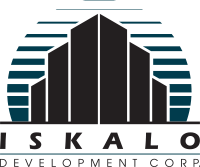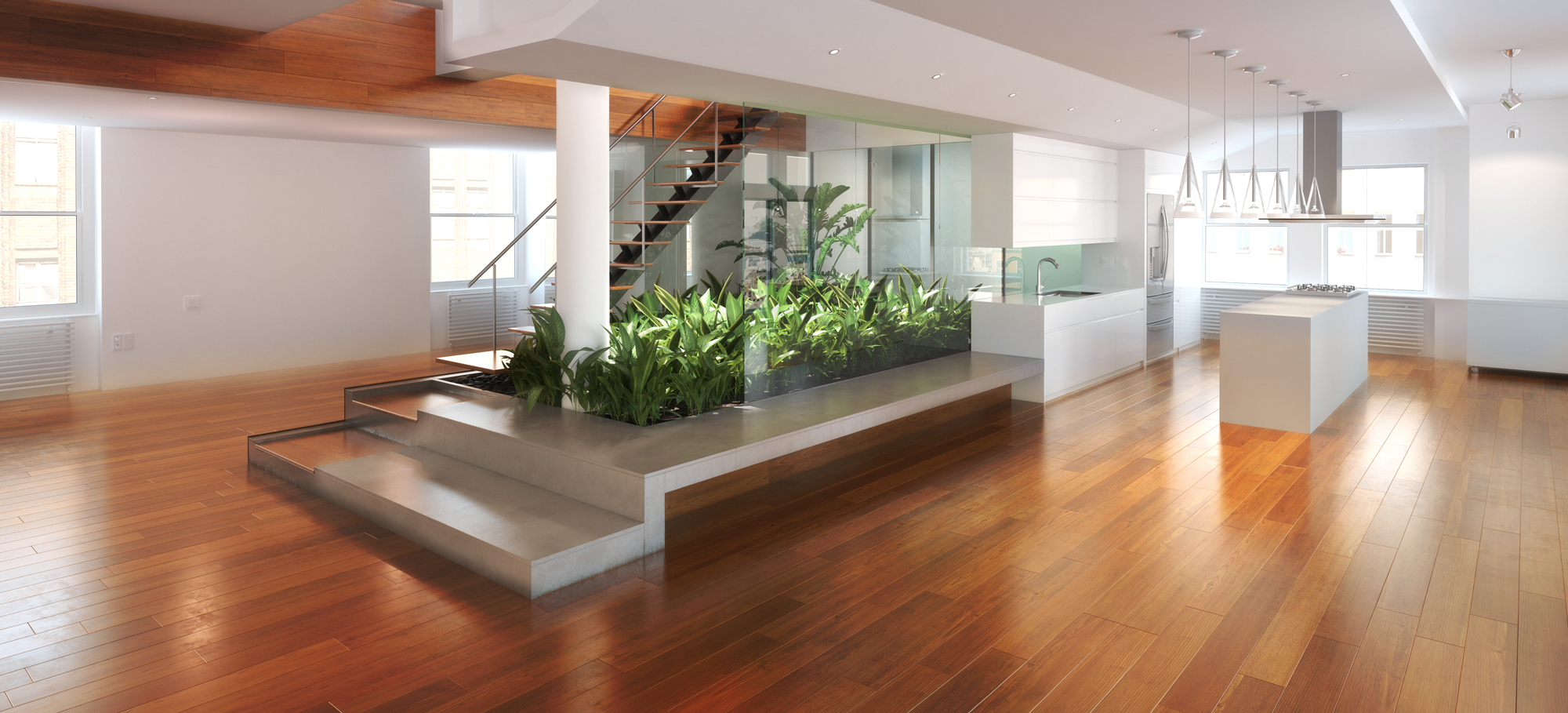When a business starts doing office renovations, thinking about the best flooring for an office may be a top priority. Unlike curtains or decorative rugs, commercial office flooring is a huge part of an office space and can make or break an aesthetic. Finding the modern office flooring best suited for your brand can give your business a push in the right direction when designing the space.
Laminate
For those who are renovating their office with strict financial limits, laminate flooring may be a smart choice. With so many different textures and looks available in laminate, it goes well with most office aesthetics. Laminate works well in commercial, office, and flex space settings. Another benefit of this type of flooring is it is a good noise-canceling choice. However, the noise-insulation can be a process to lay down since it is fastened beneath the laminate. Once the substrate layer is laid down, each panel of laminate is clicked together with a lock. Though this material can be a little difficult when moisture is involved, it can last up to twenty years when laid down correctly on an even surface.
Hardwood
Hardwood floors have been a popular choice for offices and commercial spaces for decades due to their clean, modern look. The two main types of hardwood floors used in commercial offices are natural hardwood and engineered hardwood. Like all types of building material, hardwood floors have their advantages and disadvantages.
Natural Hardwood
The durability of solid, natural hardwood is impressive and can be structurally sound for centuries. Natural hardwood is the original material used during the development of a building and can often be repurposed and polished to make it look new. Some popular types of wood used for flooring are walnut, oak, maple, hickory, and a variety of others. Natural hardwood is beautiful, warm, and comfortable to walk on, but it can swell and change depending on temperature and weather. This being said, the upkeep of natural hardwood may be seen as a negative when choosing an office flooring type.
Engineered Hardwood
If you like the look and feel of natural hardwood, engineered hardwood may be best when looking at modern office flooring ideas. Engineered hardwood is made of two layers: the first layer is a veneer-covered sheet of wood and the second layer is thick fiberglass. Click-together planks of engineered wood can be used or the pieces can be fit and glued together. This isn’t always the easiest or quickest task. However, engineered hardwood is a popular choice that takes less energy to keep clean and looks fantastic in any setting.
Vinyl
There are two main types of vinyl flooring: vinyl plank and vinyl tile. Both plank and tile, also known as “luxury vinyl tile” or “luxury vinyl plank,” are synthetic and solid materials that look great in modern spaces. Vinyl tile is the same durable, synthetic material as vinyl plank but it has the square look of tiles. Vinyl planks mimic the look of hardwood floors with the long, wooden pieces. Vinyl is pretty much high-quality plastic. This means it is flexible and can be easily cleaned when spills or messes are made. Vinyl is a budget-friendly, comfortable material that many contractors give a “lifetime guarantee” to when installing it in commercial, retail, or residential settings. The most recognized disadvantage of vinyl is the product may hold less realistic qualities than natural hardwood floors would.

